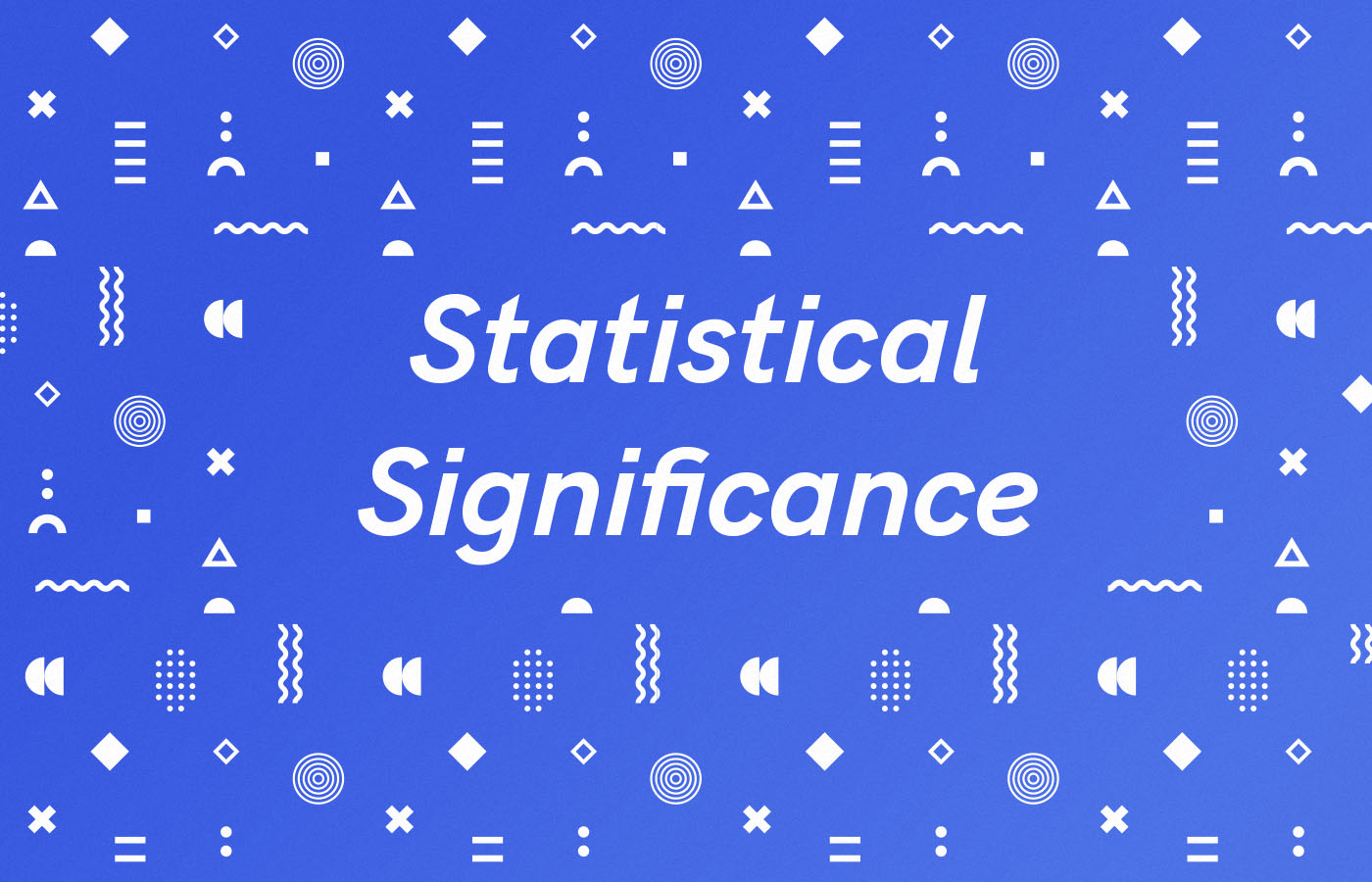Statistical significance
Statistics 101

What is it?
The statistical significance is the p-value of a performed test. It is a numerical probability.What does it do?
The statistical significance indicates the likelihood that the difference between or relationship between two or more variables is caused by something other than chance. A difference or relationship is said to be statistically significant if the likelihood of it being up to chance ('wrongly rejecting the null hypothesis') is less than the prefixed level that scientists have agreed on, usually 5%. For example, you might notice a difference in a certain variable between two groups. The Null hypothesis is that there is no real difference between these groups, that it is just 'luck'. You would want to know if this difference is random, simply due to chance, or if the observed difference indicates that there is indeed a difference caused by something between these groups. The statistical significance can be used to ascertain that.Useful to know
In research it is important that you first indicate what relationship or difference you would like to investigate, and what useful outcomes would be. In any dataset you can find relationships and differences that are statistically significant if you just perform endless tests on different groups. This is not the point of research, and reaching statistical significance should not be the ultimate goal.
April 27, 2021